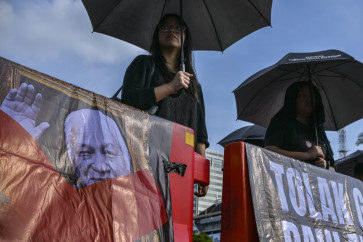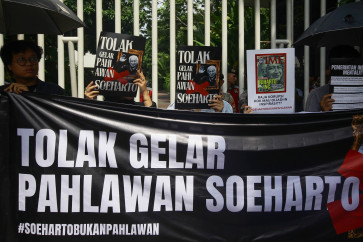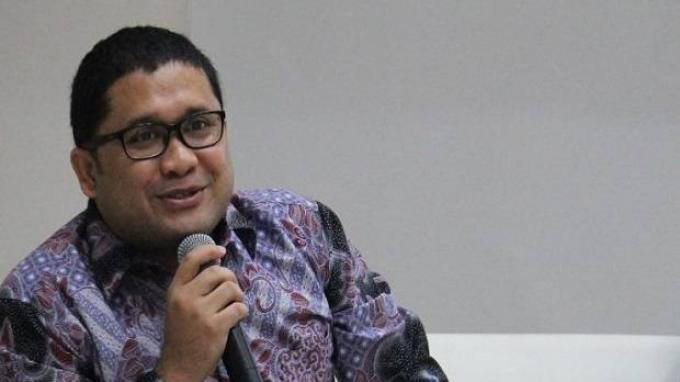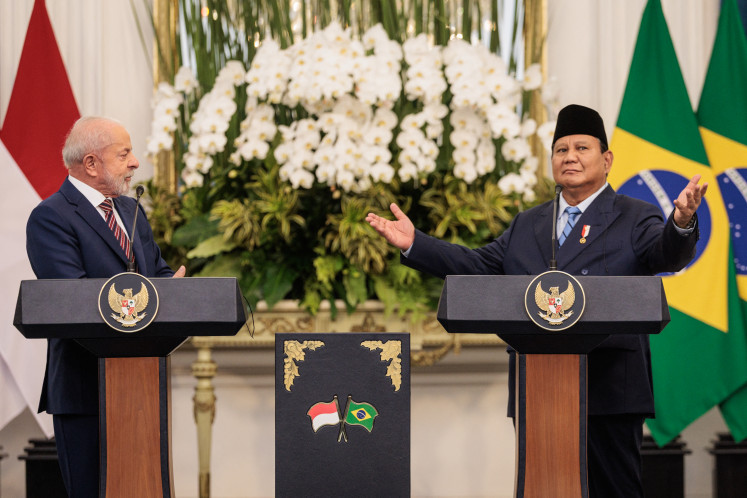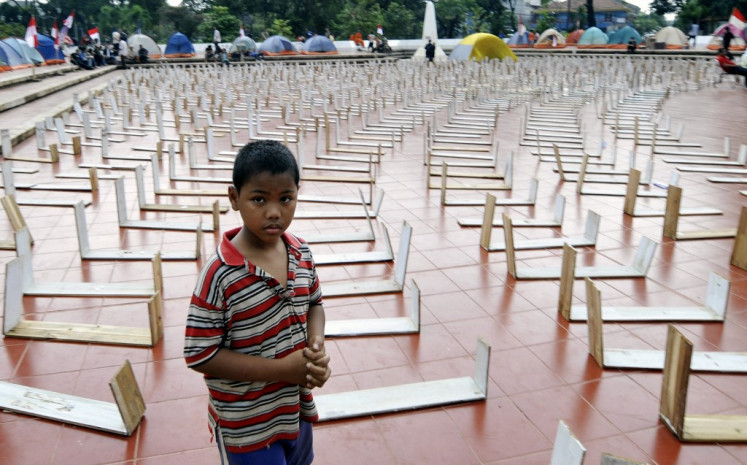Popular Reads
Top Results
Can't find what you're looking for?
View all search resultsPopular Reads
Top Results
Can't find what you're looking for?
View all search resultsState budget drives education equality, toll infrastructure improvement in the past decade
Change text size
Gift Premium Articles
to Anyone
I
ncreased equality in education services is the main key to nurturing high quality and competitive human resources, embodying the characteristics of being healthy, intelligent, adaptive, innovative and skilled.
The development of education in Indonesia has shown good results over the past decade. From 2015 to 2023, Indonesia’s state budget has allocated a total of Rp 4,006.1 trillion (US$25.7 billion) to foster superior human resources, as explained by the head of the State Budget Policy Center at the Finance Ministry’s Fiscal Policy Agency (BKF) Wahyu Utomo.
Speaking at a media event in Anyer, Banten on Sept. 25, Wahyu said the impact can be seen in the increase in the gross participation rate of higher education alongside the number of elementary, middle and high schools.
In the last ten years, the number of elementary schools in Indonesia has increased from 147,513 to 148,758. The number of junior high schools increased from 36,518 to 42,548, while the number of senior high schools increased from 24,934 to 28,697.
In addition, the gross participation rate for higher education increased from 25.76 percent in 2014 to 31.45 percent in 2023.
"We have a variety of very strategic budgets within our state budget with the aim to encourage economic transformation. Some are dynamic, some are accelerators and some are enabling factors. The dynamic factors involve human capital through education, health and social protection," he said.
From 2015 to 2023, the health budget reached Rp 1,335.5 trillion, which included Rp 293.7 trillion for handling COVID-19 from 2020 to 2022.
"We can also see the impact [of the increased health spending]. Stunting dropped to 21.5 percent in 2023 compared to 37.2 percent in 2013, while the number of hospitals also increased quite significantly from 1,855 to 2,636. The number of health centers increased from 9,731 in 2014 to 10,416 in 2024."
According to Wahyu, the last decade’s social protection budget of Rp 3,127.6 trillion had a good impact, especially in reducing poverty rates significantly to the single digits. In 2014, the poverty rate stood at 11.25 percent and has decreased to 9.03 percent in 2024.
In addition, the inequality rate decreased from 0.406 in 2014 to 0.379 in 2024. The unemployment rate decreased from 5.9 percent in 2014 to 4.82 percent in 2024.
"Even with the current unemployment rate of 4.82 percent, if we look back, this is the lowest unemployment rate in history," he explained.
Infrastructure development to increase competitiveness reached Rp 3,167.4 trillion from 2015 to 2023. Wahyu noted that the number of operating toll roads increased sharply from 879 kilometers in 2015 to 2,817 km in 2023, highlighting their role in supporting economic growth and increasing the distribution of development results.
Source: Finance Ministry



